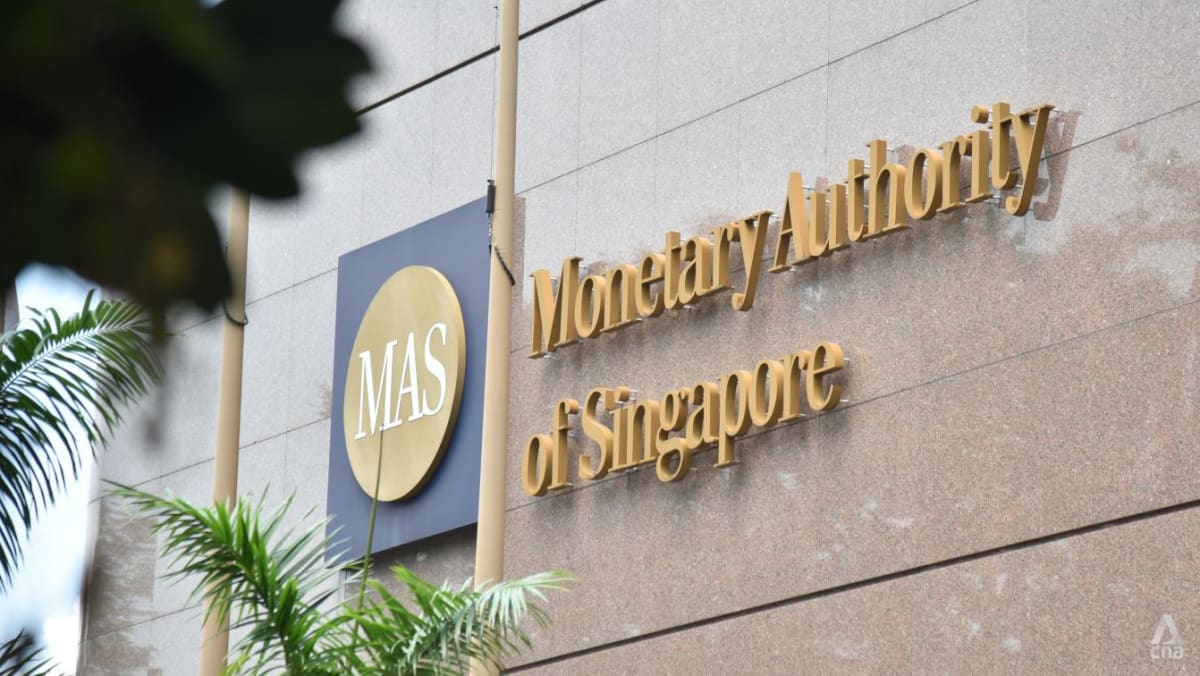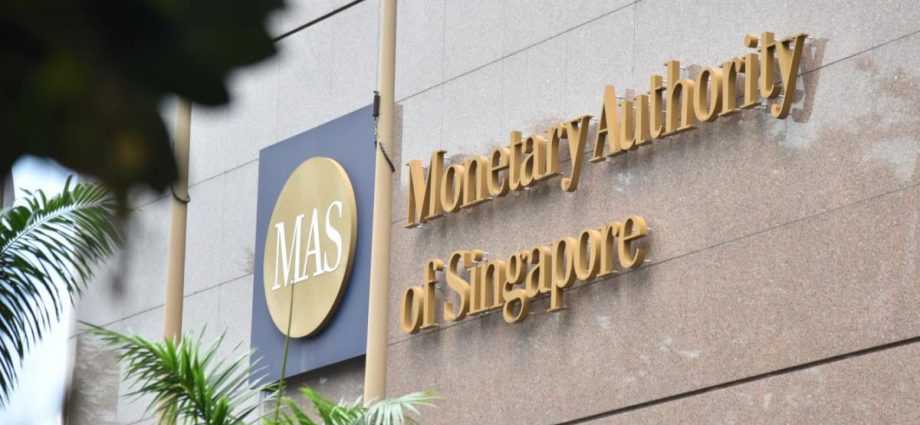
SINGAPORE: About 89 per cent of depositors in Singapore are currently fully insured under the Deposit Insurance Scheme, said Minister of State for Trade and Industry Alvin Tan on Monday (May 8).
The scheme, administered by the Singapore Deposit Insurance Corporation (SDIC), insures Singapore-dollar deposits held at a full bank or finance company in Singapore. In the event that a bank or finance company in the scheme goes under, the SDIC will pay out up to S$75,000 per depositor per institution.
The coverage limit of S$75,000 was last raised in 2019 and fully insured 91 per cent of depositors at the time.
Amid deposit growth, the percentage of fully-insured depositors has since fallen slightly to 89 per cent, Mr Tan said in response to parliamentary questions.
Mr Tan also said the Monetary Authority of Singapore (MAS) has just concluded its latest regular review of the scheme, including the coverage limit and ways to ensure operational efficacy. The regulator aims to present these proposals for public consultation by the end of June this year.
This review was not in response to the recent stresses among some banks overseas, Mr Tan stressed, while adding that “we should avoid overreacting to these events”.
“Our principal objective should be to ensure that the pre-emptive safeguards … are in good shape.”
These safeguards include sound regulation, rigorous supervision, proactive cross-border cooperation, as well as effective governance and risk management by the banks themselves.
The Deposit Insurance Scheme complements these pre-emptive safeguards by providing a safety net for small depositors if banks were to fail, he said.
Mr Tan noted that authorities will have to adjust the nominal coverage limit for the deposit insurance from time to time.
But doing so is not without cost to banks, which will “often ultimately mean costs borne by bank customers themselves”, he told the House.
“So each adjustment to the Deposit Insurance Scheme hence has to be carefully considered.”
For example, members under the scheme pay regular premiums which will likely go up with a higher coverage limit.
“This adds naturally to the banks’ overall costs, which they will have to manage themselves and then sometimes also pass on these costs to customers given that they are commercial enterprises,” Mr Tan explained.
“They might do it through perhaps lower deposit rates, higher lending rates or other fees.”
Mr Tan also gave the assurance that the Deposit Insurance fund is “adequately sized” and is designed to meet a solvency standard of 99.9 per cent.
The target fund size is currently calculated at S$690 million, with the fund having approximately S$570 million in total assets, said Mr Tan.
The fund is established from annual premiums collected from members of the Deposit Insurance Scheme and will be tapped for payouts to insured depositors in the event of a bank failure. It may also borrow from MAS for payments to insured depositors.

